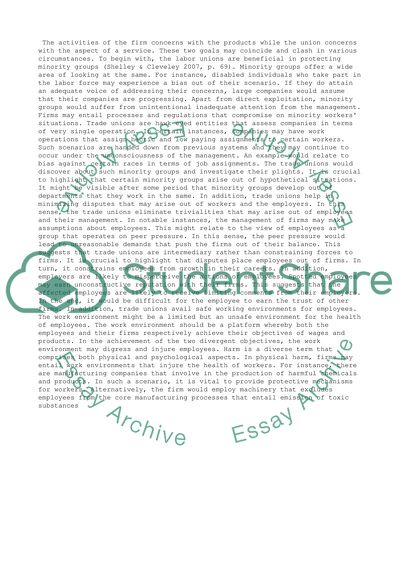Cite this document
(“Employment Relations Essay Example | Topics and Well Written Essays - 1500 words”, n.d.)
Employment Relations Essay Example | Topics and Well Written Essays - 1500 words. Retrieved from https://studentshare.org/management/1459300-employment-relations
Employment Relations Essay Example | Topics and Well Written Essays - 1500 words. Retrieved from https://studentshare.org/management/1459300-employment-relations
(Employment Relations Essay Example | Topics and Well Written Essays - 1500 Words)
Employment Relations Essay Example | Topics and Well Written Essays - 1500 Words. https://studentshare.org/management/1459300-employment-relations.
Employment Relations Essay Example | Topics and Well Written Essays - 1500 Words. https://studentshare.org/management/1459300-employment-relations.
“Employment Relations Essay Example | Topics and Well Written Essays - 1500 Words”, n.d. https://studentshare.org/management/1459300-employment-relations.


